Neuma Agins and Hank Reeeve
In 1987, Neuma Agins, a successful New York City fashion designer, decided to simplify her life by moving to the rural Berkshires to make her own sweaters. Simplify? Read on!
Neuma was longing for country life and headed for the Berkshires with about $70,000 in savings and royalties and no particular business plan. Sinking roots in the Berkshires, she put a down payment on a converted barn as her new country residence, and relaxed for nearly six months, confident that when the money ran out, she would find a way to return to fashion design. Eventually, her entrepreneurial instincts took over. She used most of her remaining savings to have a company knit six classic-looking cotton sweaters from her patterns and then hired four local women to embellish them with flower motifs and lace collars in her new home. The next year, she earned a $15,000 net profit so she decided to expand.
Wanting to expand and get the growing sowing operation out of her house, Neuma found what she needed right up the road at the Whip Shop. She rented out a section of the first floor from the owners at the time – Kathleen and Dek Tillett, who ran their hand screen fabric business from the third floor. This new location fit with Neuma’s dream of one day opening her own “factory outlet” (a popular retail strategy in the 1980s) to sell her sweaters at about half the retail price. After a year of operation, her sweater sales reached an encouraging $150,000
But Neuma envisioned far more than sweater sales. She wanted a larger mall with more outlet products and country-themed wares. So in 1986, when the Tilletts put the building on the market, she bought it for $225,000 and went looking for tenants. It didn’t take her long before she had 13, including a sportswear outlet, a group of jewelry and craft designers, and a toy store where children were invited to demonstrate the merchandise.
Her Southfield Outlet & Craft Center offered visitors her own Neuma Brand sweaters and other casual clothes at factory-outlet prices – plus toys, antiques, yarns, locally made crafts and. yes, barbecued spareribs. She then dropped the historic Whip Shop name and called her business The Buggy Whip Factory, and for the duration of her ownership that remained the name.
In 1987, she added a restaurant to her growing collection of tenant-run businesses when she convinced respected local chef and caterer, Michele Miller, to take over the oldest section of the building – the unused brick-walled boiler room – to create a restaurant in that unlikely space. Her restaurant ultimately became the iconic Boiler Room Cafe and is still talked about to this day. After three years, She moved her operation to Great Barrington. (Years later Michele created the very popular Bola Granola.) Unphased, Neuma convinced another local chef, Lisa Coyne, to take over the space, operating it as the Cottage Cafe.
One of Neuma’s greatest gifts was her ability to convince people to follow their entrepreneurial dreams as her tenants in The Buggy Whip Factory.
Eight years after buying the Turner & Cook complex from the Tillets, she was running a profitable $2 million-a-year sweater company that employed as many as 250 women who hand-decorated her designs and, in the process, turned the 200-plus year-old 20,000-square/foot factory into a rustic mall “with a strictly New England mood,” as she put it. Reflecting on those days, she said, “I had done my market research. I was optimistic that this mall was going to succeed.“ And for years it did.
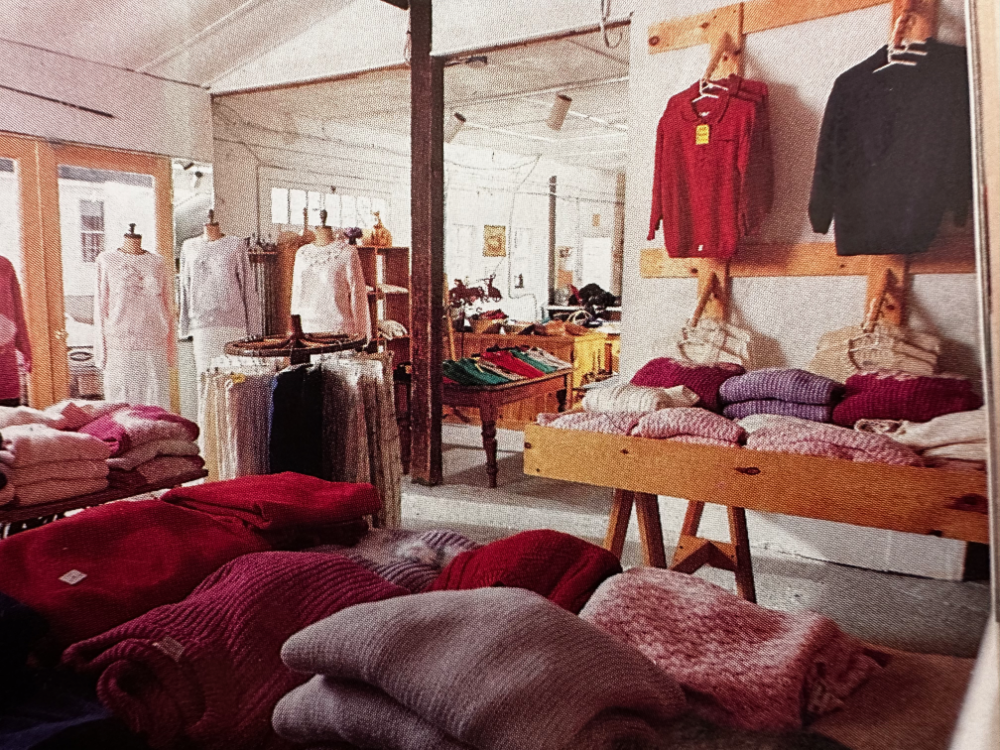
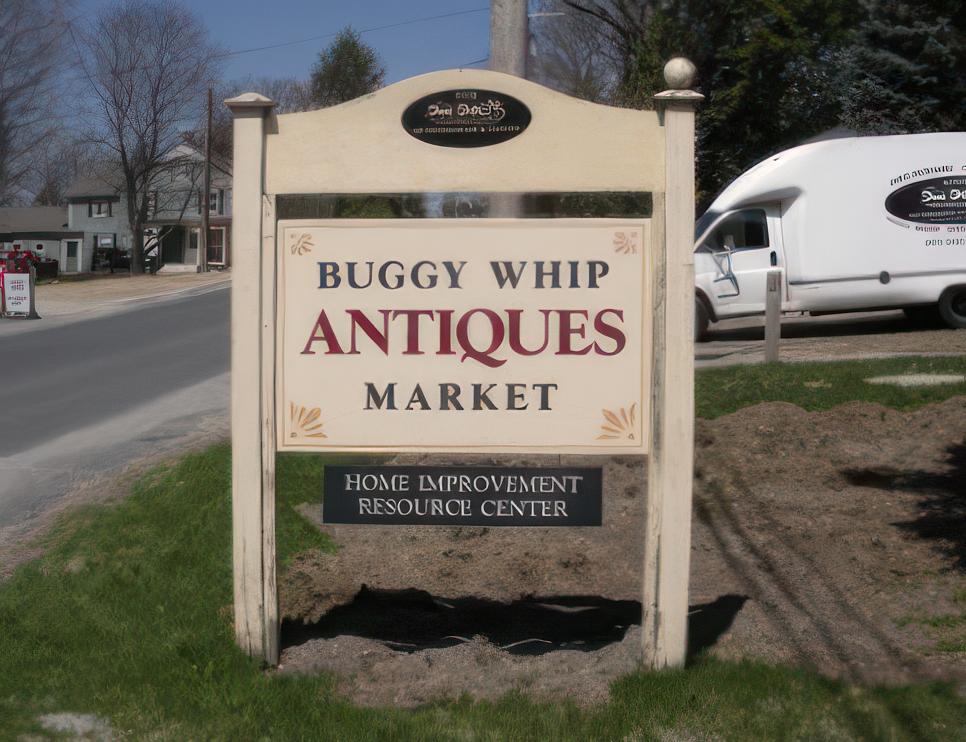


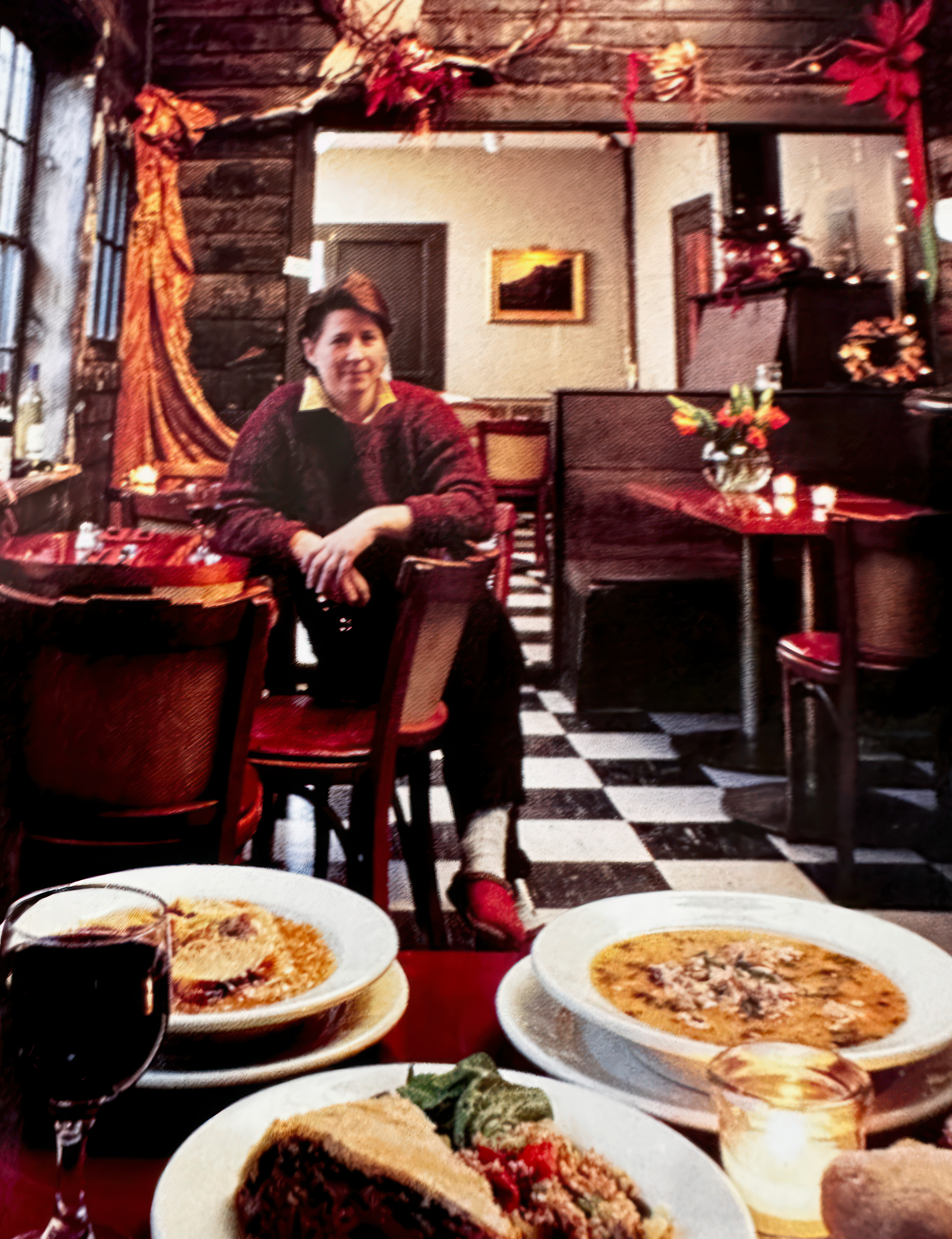
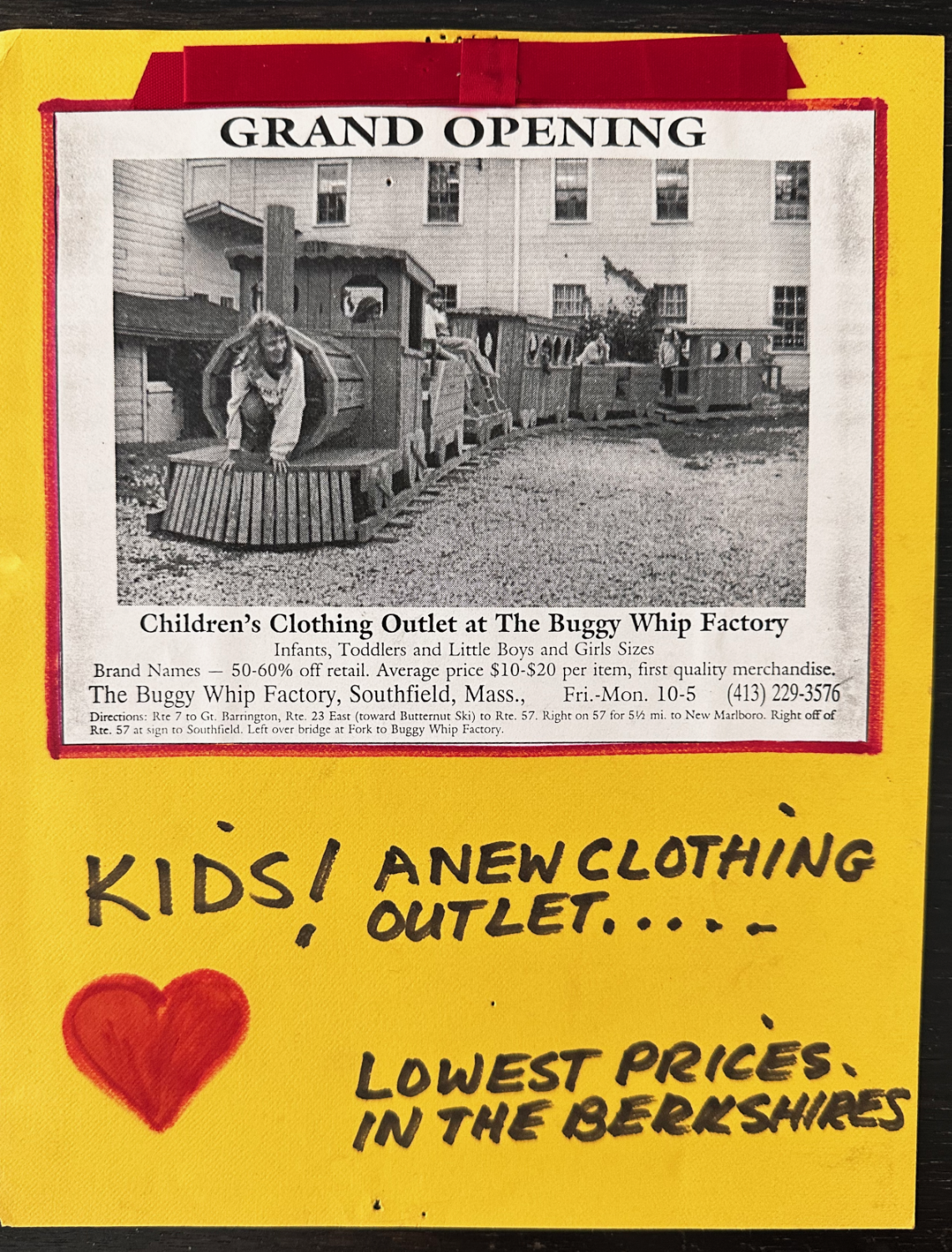
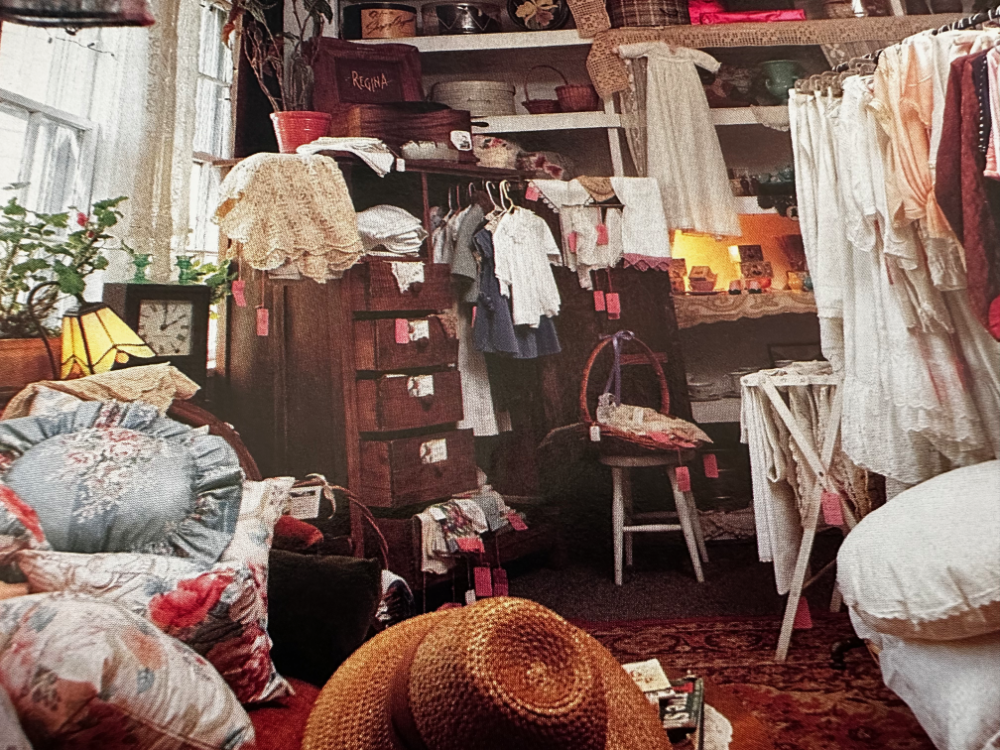



The Post Office joined the tenant roster in 1991. Formerly located just steps up the road in the Southfield Store, when the Store’s owners couldn’t reach an agreement on renewal terms, Neuma swooped in and made a good offer. It was a win-win: a great long-term tenant for the Buggy Whip Factory and a far better location for the USPS. (The Post Office is still located there.)
Around the time Neuma’s Antiques Marketplace was in full swing, Hank Reeve, one of the dealers with a booth at The Buggy Whip, caught Neuma’s eye and vice versa. “Neuma-and-Hank” became a hyphenate. They were always together, a couple in life and partners in the thriving Buggy Whip Factory for the duration. By 2008, finally tired of the endless need to entice more antique dealers and clothing retailers, and chefs with restaurant aspirations to the Buggy Whip Factory, Neuma and Hank were ready to call it quits. Good fortune smiled on them when the Buggy Whip Factory’s next-door neighbor, Ned Odegaard, expressed interest in taking the one-time Turner & Cook property off Neuma’s hands (one reason being to protect his beautiful history home from someone coming in and changing things to his enormous neighbor in a way he didn’t agree with).
Finally free at last after 23 years of working continually to build her business and creatively keep the building full of paying tenants, Neuma and Hank moved to Southern California, where she had grown up. They recently returned to the Berkshires, and are currently living a a much quieter life.



